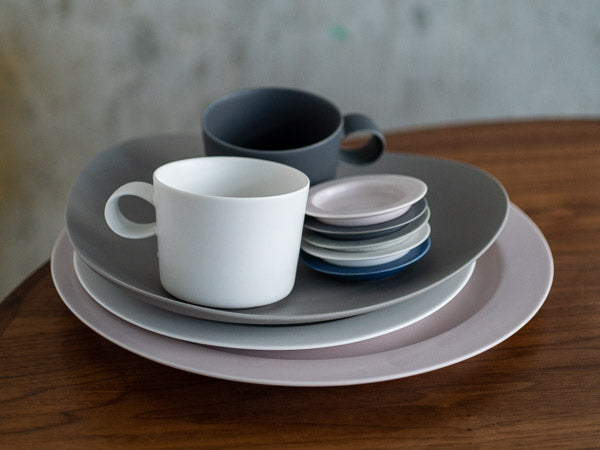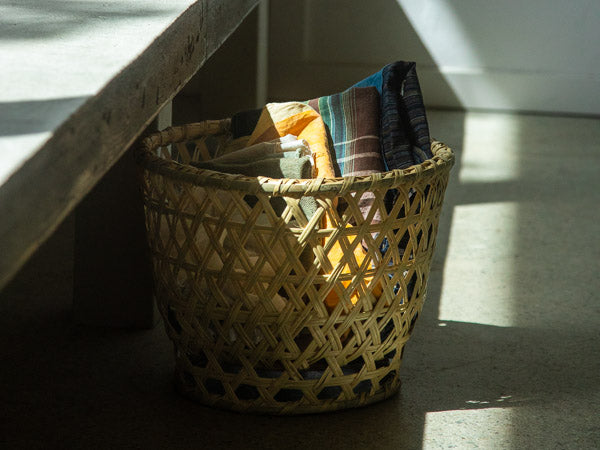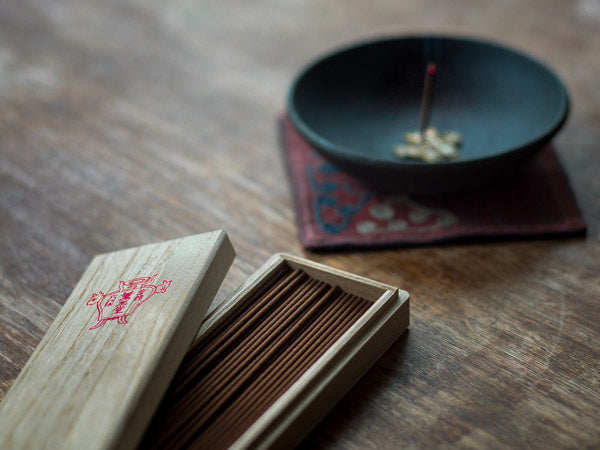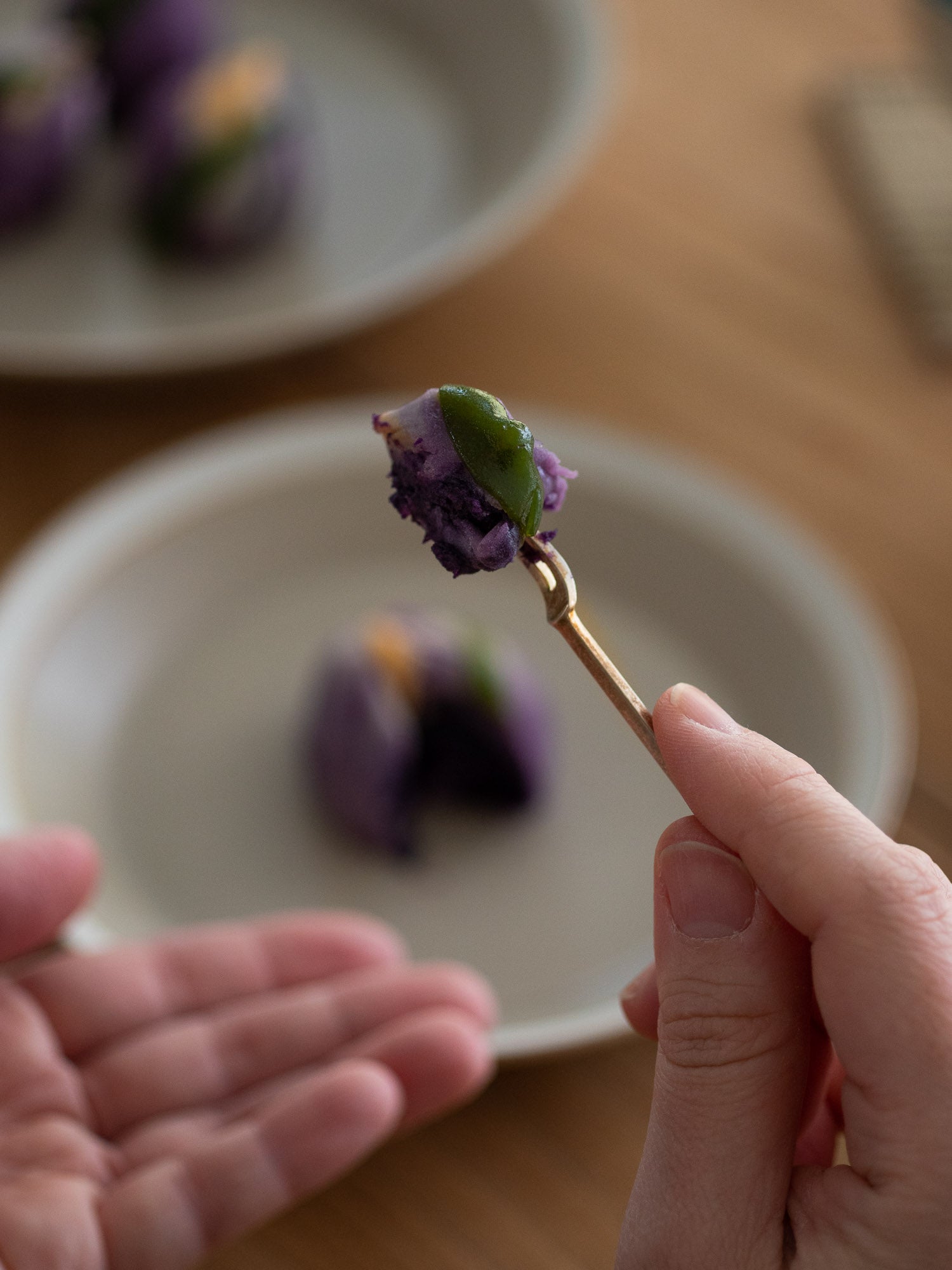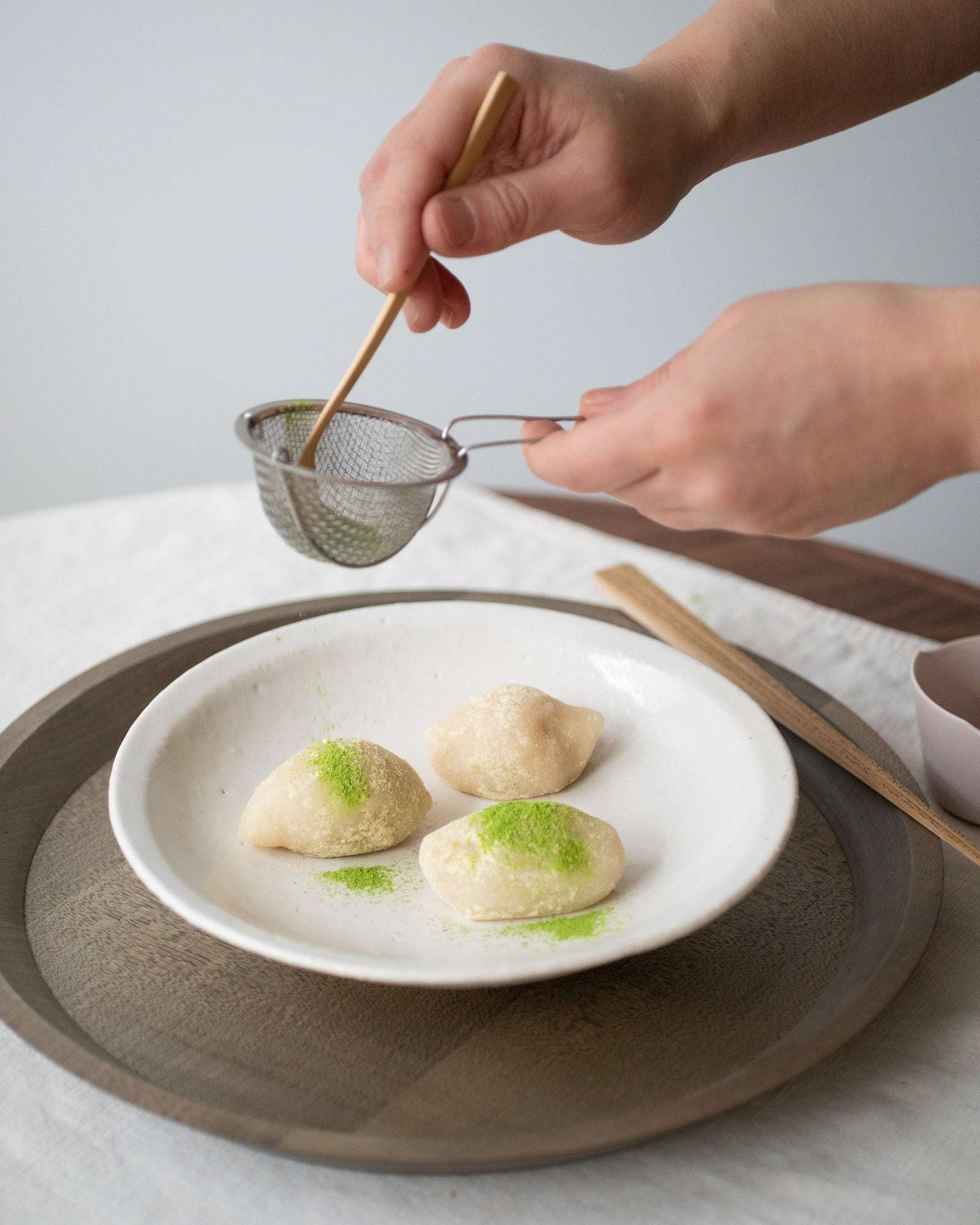February 4 – 立春 Risshun

Welcome to the 2nd post made in collaboration with Kintoki sweets and ITSUMO Life exploring Japanese culture and seasonal observations.
Traditional Asian calendars can be a unique mix of tracking both lunar and solar movements. Particularly the Solar Calendar which divides the year into 24 sections taking into consideration equinoxes, seasonal phenomena, and cultural rituals is really interesting to us as it has hints of what was valued in traditional societies.
The 24 season solar calendar is referred to in Japan as 二十四節季 24 Sekki, and the first season is 立春 risshun, which translates to “Spring Rises”. It tells us the coldest part of winter has passed and slowly but surely spring is coming.
One plant that we spot here in Vancouver which is also very common in Japanese gardens are camellias. Called 椿 tsubaki in Japanese, the evergreen plant is synonymous with winter gardens, but when we see the flower buds getting bigger and bigger on the tsubaki plants we know that spring will be coming soon.


Sweetened sticky rice wrapped in tsubaki leaves are one of oldest recorded wagashi-style sweets mentioned in Japanese literature and reference to these tsubaki-mochi can be found in 11th century writings describing them being enjoyed in the Heian courts.
These tsubaki-mochi are traditionally enjoyed in winter/early spring. The glossy tsubaki leaves are not eaten but used to keep one’s hands from getting sticky from the rice and the rigid, non-stick leaves are perfect for this role.
We love seeing the knowledge that people had of nature passed down and still being used today from tsubaki leaf wrappers to the use of antimicrobial cypress wood rice containers that we served them in. It makes us imagine a time when people had a very close and observative relationship to nature in their surroundings.
We would love to share more aspects of Japanese culture through food, traditional craft and the 24 sekki and hope you enjoy this little journey through the next year.
Until our next exploration,
ITSUMO & Kintoki Sweets



